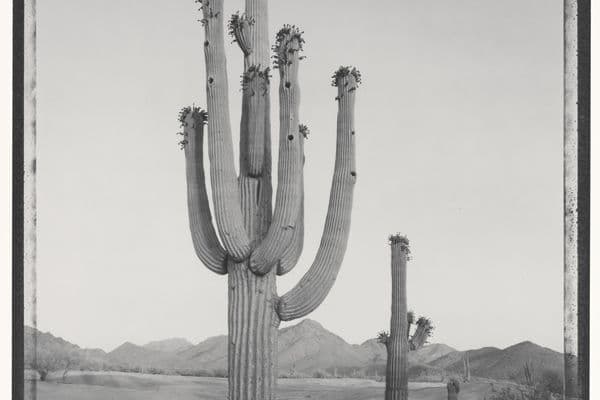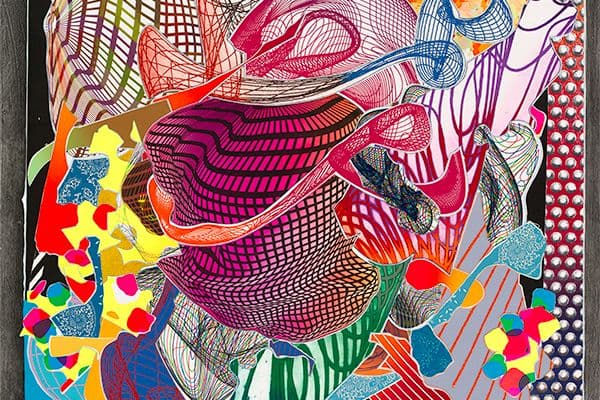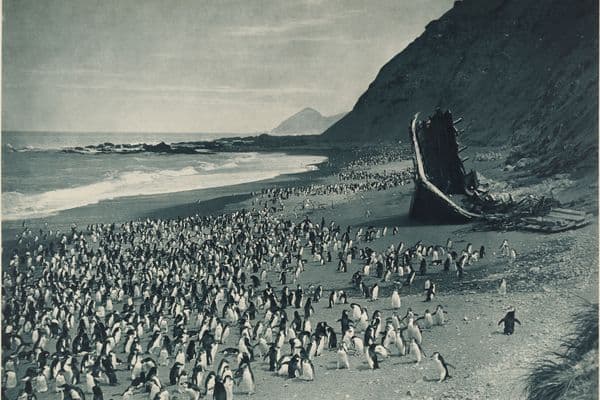Going to Extremes
George Silk, Photojournalist
12 Aug 2000 – 12 Nov 2000

George Silk, Blinded soldier, New Guinea ( Pte George Whittington being led to an aid station by Raphael Oimbari), 1942, purchased 2000
About
This is the first museum retrospective for the New Zealand-born photojournalist, George Silk, who is especially renowned for his innovative sports and outdoor photography for Life magazine in the late 1950s–60s.
One of the icons of Australian photography is a 1942 black and white photograph of a blinded Australian soldier, Private George Whittington, being led to a field hospital in Buna, New Guinea, by a Papuan, Raphael Oimbari. The photograph was taken by Silk while working as a war photographer for the Australian Department of Information. In 1943 he was recruited as a staff photographer for Life on the basis of just two pictures—one of a cow published in February 1943, and the 'blinded soldier' which was first published by Life in March that year. It appeared shortly afterwards as the frontispiece of a booklet The War in New Guinea: Official war photographs of the Battle for Australia, published in Sydney in May 1943. While this image is well known, few Australians today are aware of Silk's career as a staff photographer at Life from 1943–72 and his achievements as a sports and environment photographer.
Born in the North Island of New Zealand in 1916, Silk first took up photography as a hobby in his youth. He learnt his craft while working in a camera store in Auckland from 1934–39. His later role as a professional photographer grew through his passion for fishing, yacht racing, skiing and motorcycling. At the outbreak of World War II in 1939 Silk took his portfolio of sports photographs direct to the office of the Prime Minister in Canberra and was hired as a war photographer. He covered war zones in the Middle East, North Africa, Greece, Crete and New Guinea for the Australian Government, and Europe, Japan and China for Life.
Silk worked as a staff photographer for Life until the close of the magazine as a weekly in 1973. Immediately after the war, he turned away from war and political conflicts and returned to adventure, sports and exploration stories, the Olympics, the America's Cup, conservation and children. During his career Silk earned many awards, including Magazine Photographer of the Year, from various bodies between 1960 and 1964.
Silk's best images—such as his 1962 Perfect ten point landing (shot so the young diver's entry to the water can be seen above and below the waterline) or his bold abstract shot of Gretel and Weatherly racing prow to prow in the America's Cup trials of 1962—mean far more in spirit and symbolic value than as a record of sporting achievement. The best sports photography speaks of a poetry of bodily discipline and human aspiration to excel. Silk is known for applying wide-angle and photofinish cameras to new aesthetic purposes and he seeks to make the photographer seem invisible by taking the viewer into the scene, inviting the question: how did he do that?











